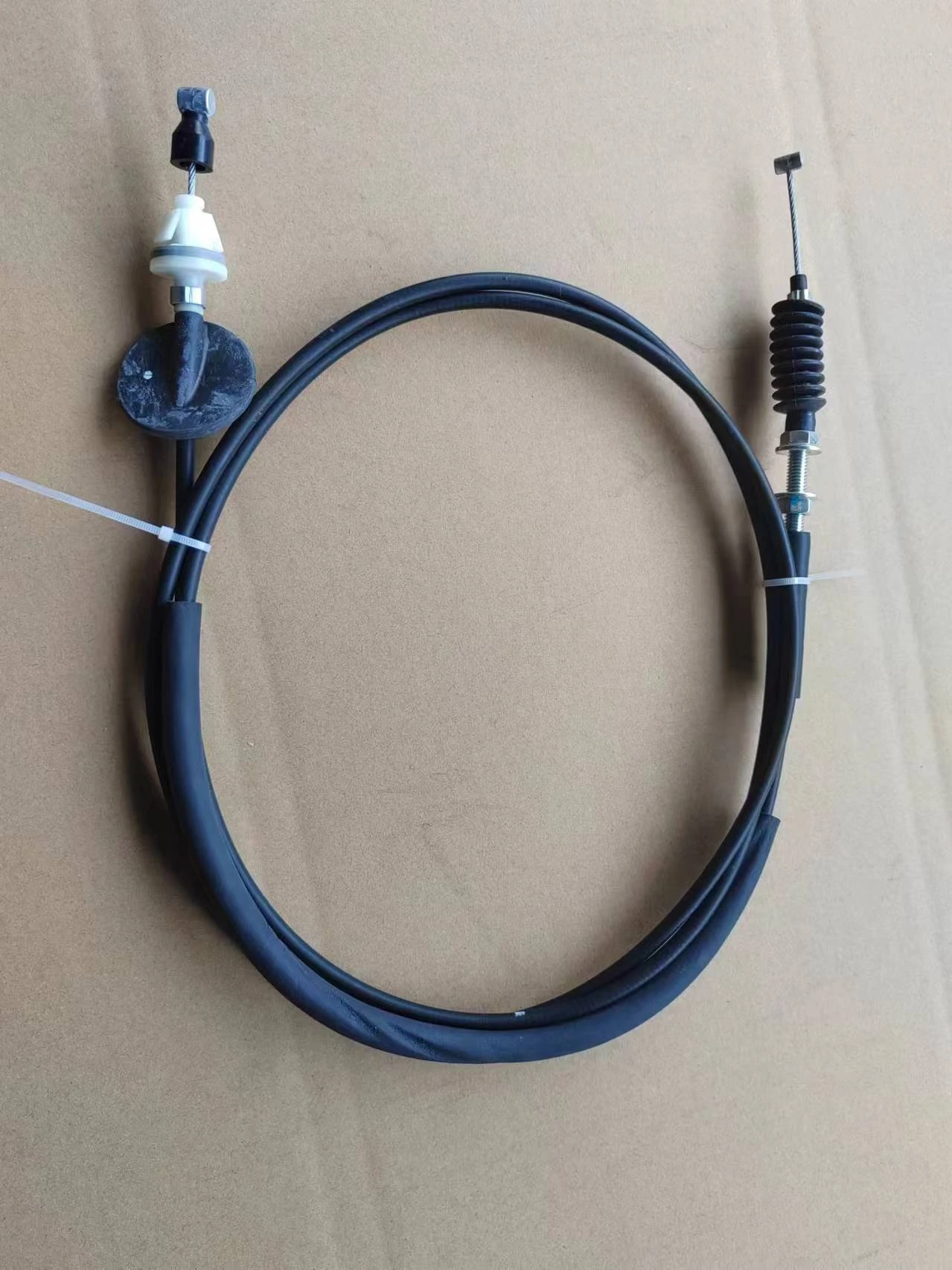gear shift linkage cable
Understanding Gear Shift Linkage Cables A Comprehensive Overview
In the mechanics of modern vehicles, the gear shift linkage cable is an essential component that facilitates the smooth transition between gear shifts. This article delves into the function, construction, and significance of the gear shift linkage cable while also touching on diagnosis, maintenance, and troubleshooting.
What is a Gear Shift Linkage Cable?
The gear shift linkage cable is a flexible conduit that connects the gear shifter in the vehicle's cabin to the transmission. It serves as the intermediary that transmits the driver's intentions to the vehicle’s transmission, allowing the driver to change gears effectively. When a driver moves the gear shifter, it is the linkage cable that translates this action into a precise movement within the transmission system, enabling shifts to occur seamlessly.
Components and Construction
Gear shift linkage cables typically consist of several key components
1. Outer Housing This is a sturdy casing that protects the internal cable from environmental wear and tear. 2. Inner Cable The inner cable is a flexible wire that transmits the motion from the shifter to the transmission. It is crucial that this cable is able to handle tension and compression without fraying or breaking.
3. End Fittings The cable ends feature connectors that attach to both the gear shifter and the transmission, ensuring a secure link that allows for efficient motion transfer.
These components are often made of high-quality materials resistant to heat and corrosion, ensuring durability and reliability in various driving conditions.
The Importance of Gear Shift Linkage Cables
The gear shift linkage cable plays a crucial role in vehicle safety and performance. A functioning linkage cable ensures that gear shifts are executed accurately, preventing the risk of engaging the wrong gear, which can lead to accidents or mechanical failure. Furthermore, an efficient gear shifting process contributes to optimal fuel efficiency and engine performance.
gear shift linkage cable

Signs of a Failing Linkage Cable
Like any automotive component, the gear shift linkage cable can wear out over time. Here are some signs indicating it may need inspection or replacement
- Difficulty in Shifting If the gear shifter feels stiff or requires excessive force to change gears, this could indicate a problem with the linkage. - Unresponsive Shifts If the vehicle does not engage the desired gear upon shifting, the linkage cable might be stretched or broken.
- Strange Noises Unusual clicking or grinding noises when shifting can signal issues with the cable or its connections.
If any of these issues arise, it is crucial to have the vehicle inspected by a professional mechanic to avoid further damage.
Maintenance and Troubleshooting
Regular maintenance of the gear shift linkage cable can prolong its lifespan. Drivers should periodically check for signs of fraying or wear, particularly around the areas where the cable connects to the shifter and transmission.
For optimal performance, the cable should remain well-lubricated to ensure smooth operation. Many mechanics recommend lubricating the cable at regular service intervals. If a cable is found to be defective, it’s advisable to replace it promptly to prevent further mechanical issues.
Conclusion
The gear shift linkage cable, while often overlooked, plays a critical role in the operation and safety of a vehicle. Understanding its functionalities, identifying signs of wear, and performing regular maintenance can help drivers ensure a smooth and safe driving experience. As automotive technology continues to advance, staying informed about each component of your vehicle, including the gear shift linkage cable, is vital for responsible vehicle ownership. Whether you are a seasoned driver or new to the road, being proactive about your vehicle's condition not only enhances performance but also contributes to overall safety on the roads.
-
Workings of Clutch Pipe and Hose SystemsNewsJun.04,2025
-
The Inner Workings of Hand Brake Cable SystemsNewsJun.04,2025
-
The Secrets of Throttle and Accelerator CablesNewsJun.04,2025
-
The Hidden Lifeline of Your Transmission Gear Shift CablesNewsJun.04,2025
-
Demystifying Gear Cables and Shift LinkagesNewsJun.04,2025
-
Decoding Clutch Line Systems A Comprehensive GuideNewsJun.04,2025
